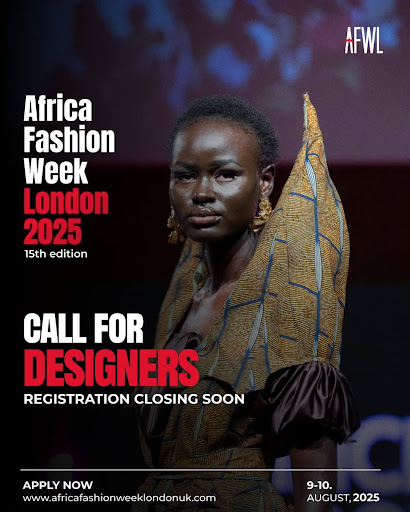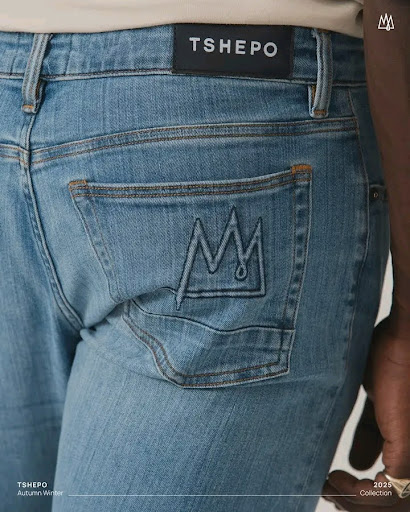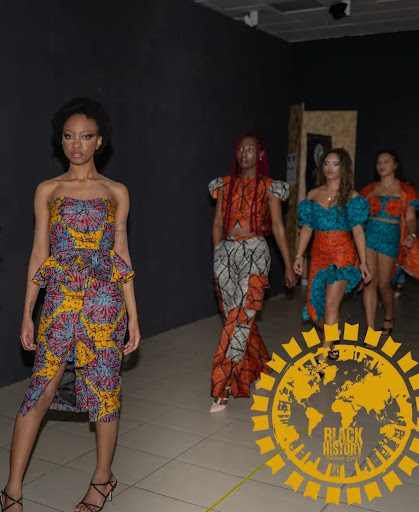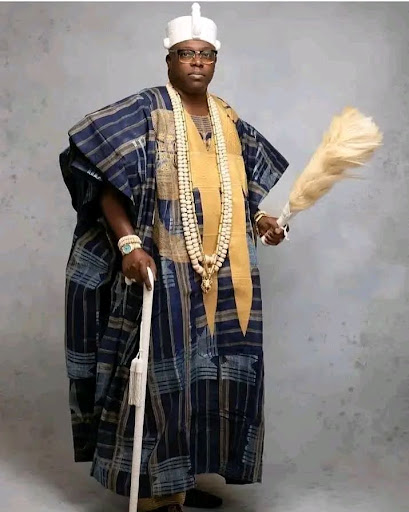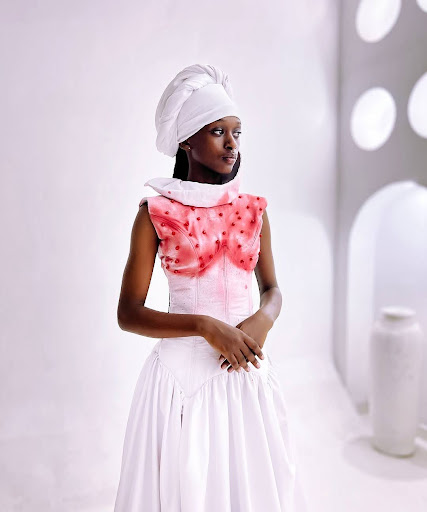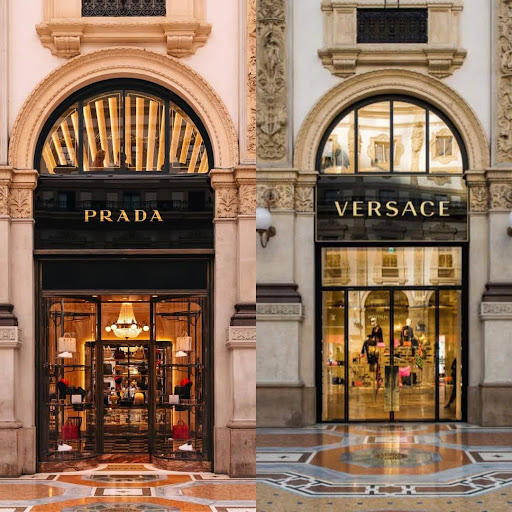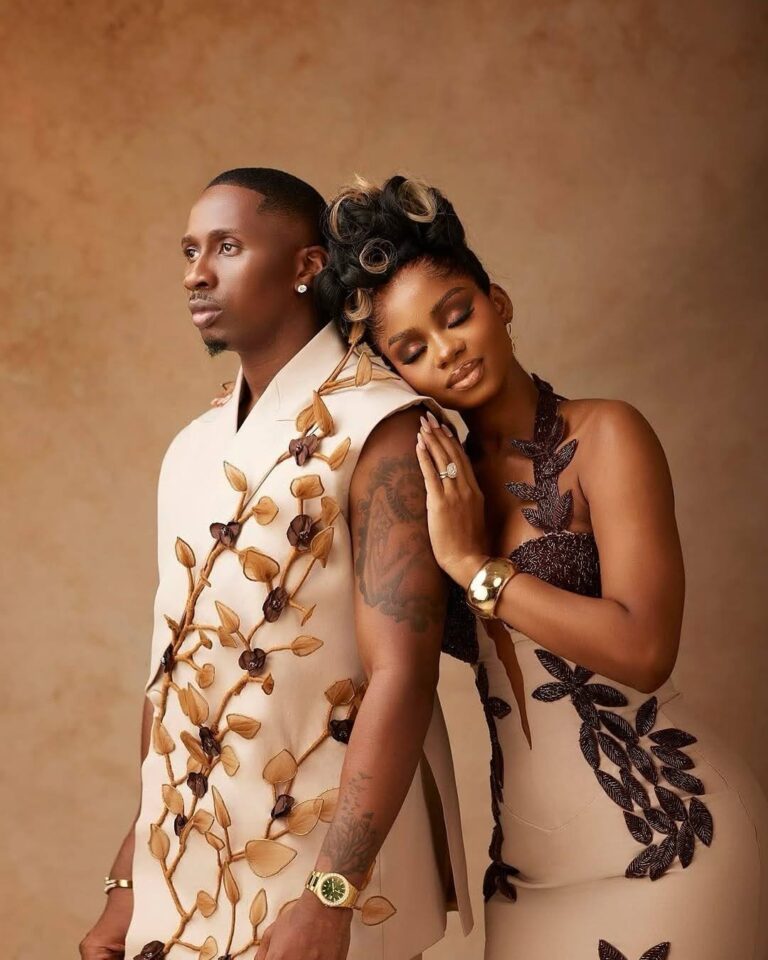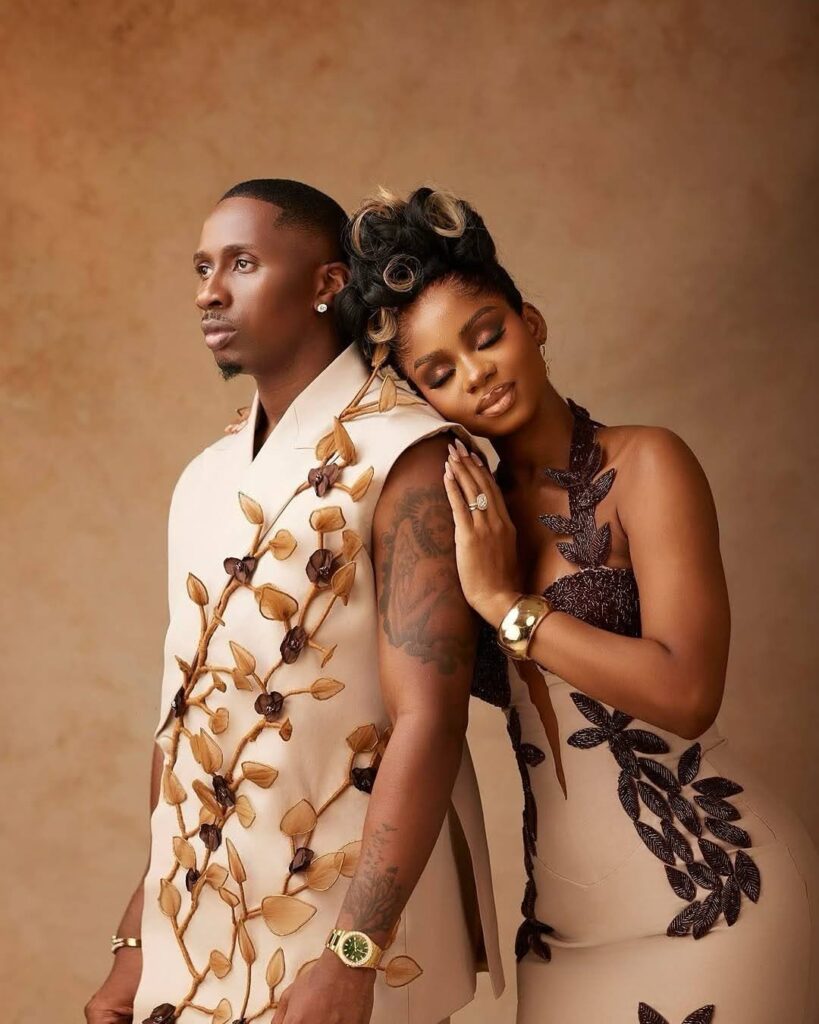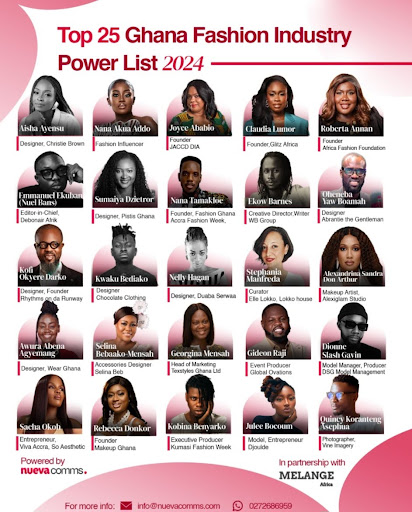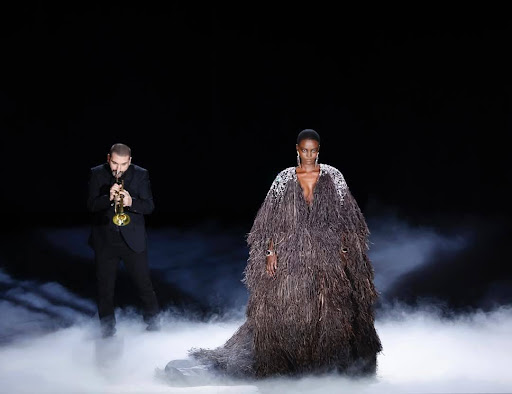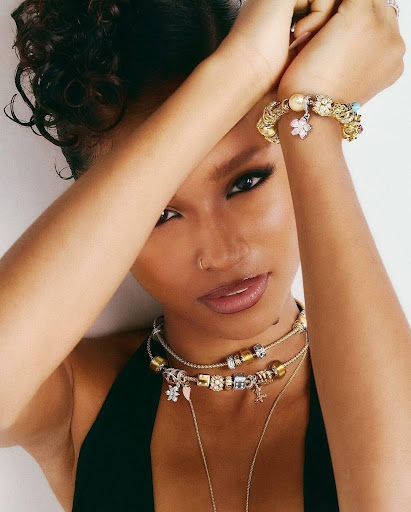Africa Fashion Week London, the UK’s leading African fashion event, returns for its 15th milestone edition on 9–10 August 2025 with the theme “Co‑Create, Collaborate, Elevate, and Celebrate,” with a promise of catwalk shows, bespoke exhibitions, and networking with the industry. To celebrate the Easter season, AFWL2025 is offering designers a limited‑time 15% discount on designer packages when payment is made within the promotional period. Easter 2025 falls on Sunday, 20 April, with Holy Week being celebrated between 13–20 April, making this offer timely for creatives booking their summer showcase. Benefits of early commitment include priority promotion slots, early access to showcase materials, and locking in participation before the price rise, providing excellent value for emerging and established labels alike.
When Is Easter 2025?
Easter Sunday in 2025 falls on 20 April, as determined by being the first Sunday following the first full moon following the spring equinox. The later date provides warmer London weather, perfect for outdoor networking events and fashion activations.
Observing Holy Week
Holy Week extends from Palm Sunday on 13 April to Easter Sunday on 20 April, encompassing Maundy Thursday (17 April) and Good Friday (18 April). It is a period when a number of Christian communities in both the Eastern and Western traditions are together, and thus it is a poignant time for celebration and reflection.
Easter Monday Traditions
Following Easter Sunday, Easter Monday on 21 April is traditionally celebrated in a number of European cultures with public celebrations, brunch gatherings, and charity events—a ideal backdrop for pre‑season inspirational networking in central London.
Africa Fashion Week London 2025 Details
Africa Fashion Week London (AFWL) is celebrating its 15th anniversary of supporting African heritage, innovation, and creativity on the global stage. Since its launch in 2010, AFWL has provided a vital platform for close to 3,000 designers and creatives to showcase their designs to international buyers, media, and influencers. This year’s event will take place at a central London venue, from 12:00–20:00 on Friday 8 August (sponsor‑led events) and full programming on Saturday and Sunday.
Easter Specials Promotion
For a limited time, AFWL2025 is offering designers a 15% discount off their standard designer package on payment within the Easter promotion timeframe.
Key Benefits:
- Secure Participation Early: Book your space before standard rates are applied.
- Priority Marketing Visibility: Have priority placement in AFWL marketing campaigns.
- Early Resource Access: Get early access to runway spaces, press features, and influencer partnerships.
- Global Exposure: Showcase your collection to a screened audience of buyers, media, and fashion enthusiasts from around the world.
- Curated Lineup: Join an exclusive list of established and up-and-coming African and diaspora designers.
Event Details and Timeline
AFWL2025 will run over two days of catwalks, exhibitions, and intimate performances:
- Friday, 8 August (12:00–20:00): Sponsor‑initiated events and networking activities.
- Saturday, 9 August (12:00–21:00): Exhibition halls, Food & Drink, 14:00 Special Performance, 16:00 Next Gen Runway, 19:00 Atelier Showcase.
- Sunday, 10 August (12:00–19:00): Exhibition halls, Food & Drink, 14:00 People’s Catwalk, 16:00 15th Anniversary Catwalk, 19:00 Closing Ceremony.
Early Bird Tickets:
- £15 + booking fee – Saturday Exhibition + any one catwalk show
- £40 + booking fee – Saturday Exhibition + all catwalk shows
- £15 + booking fee – Sunday Exhibition + all catwalk shows.
Tickets can be acquired via Eventbrite.
How to Participate
- Register Online: Visit the Africa Fashion Week London website and click on the Designer & Exhibitor Registration portal.
- Contact the Team: Reach out via the provided contact medium for one-to-one support.
- Make Payment: Pay within the promotion period to receive the 15% discount automatically.
- Prepare Your Collection: Plan your runway collection, lookbooks, and press materials for maximum effect.
Why It Is Crucial to Designers
Africa Fashion Week London is one of the most important vehicles for African talent in the UK, offering unbeatable access to European and global markets. By participating in AFWL2025, designers join a network of industry professionals, gain editorial exposure, and become part of a legacy of innovation that has shaped the global fashion dialogue for 15 years.
Looking Ahead
As Easter symbolizes rebirth and creativity, AFWL2025’s Easter Specials provide the unique chance to reserve your place at London’s premier African fashion event at a reduced rate. Whether you’re a new name or a recognized label, this promotion is in perfect harmony with the season of fresh starts. Don’t hesitate to harness this potential—Easter’s promotion window will not be open for much longer, and the future of African fashion’s international story is waiting.
Secure your discount by 20 April 2025 and join us this August to Co‑Create, Collaborate, Elevate, and Celebrate!

